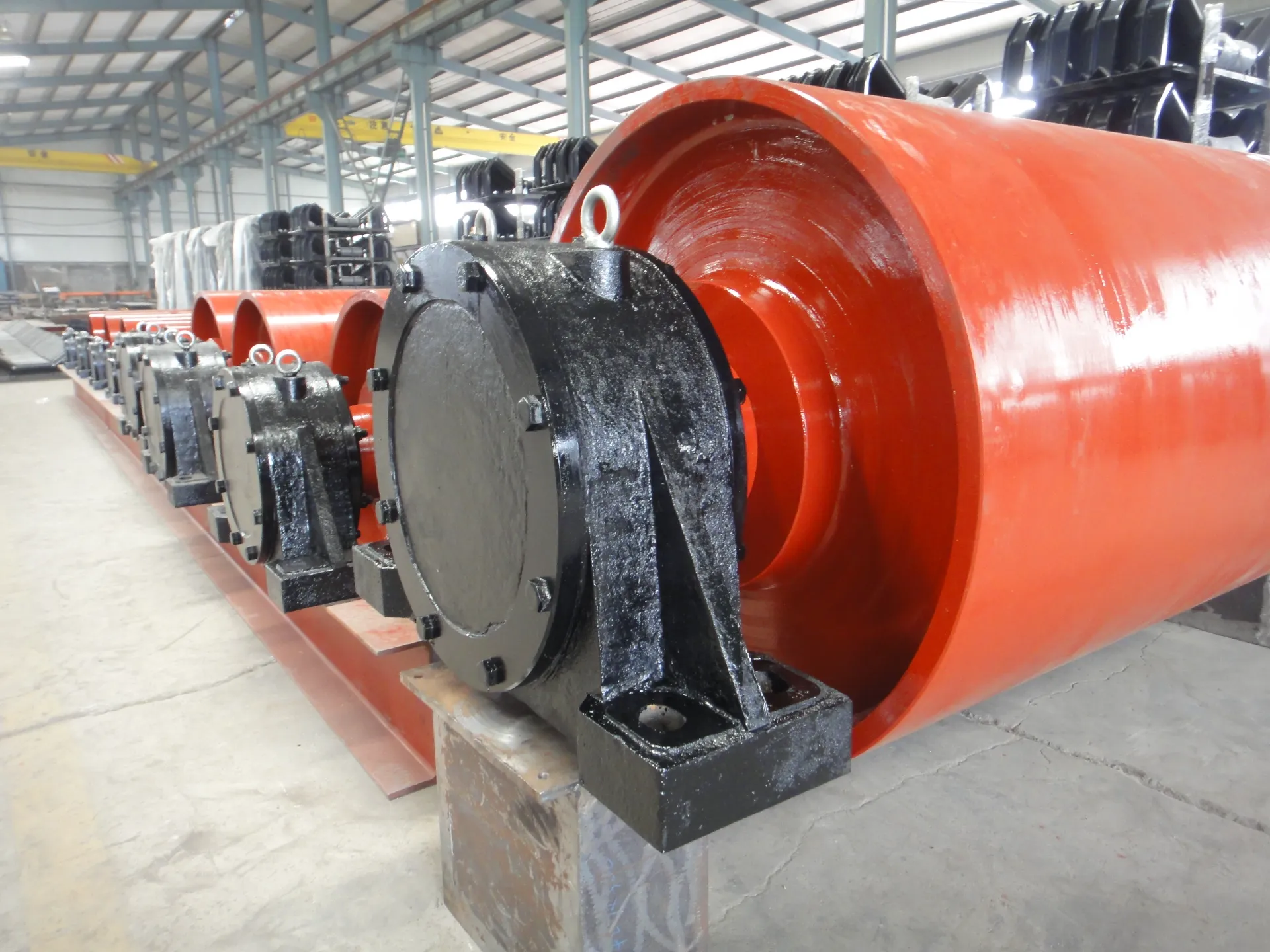 Afrikaans
Afrikaans  Albanian
Albanian  Amharic
Amharic  Arabic
Arabic  Armenian
Armenian  Azerbaijani
Azerbaijani  Basque
Basque  Belarusian
Belarusian  Bengali
Bengali  Bosnian
Bosnian  Bulgarian
Bulgarian  Catalan
Catalan  Cebuano
Cebuano  Corsican
Corsican  Croatian
Croatian  Czech
Czech  Danish
Danish  Dutch
Dutch  English
English  Esperanto
Esperanto  Estonian
Estonian  Finnish
Finnish  French
French  Frisian
Frisian  Galician
Galician  Georgian
Georgian  German
German  Greek
Greek  Gujarati
Gujarati  Haitian Creole
Haitian Creole  hausa
hausa  hawaiian
hawaiian  Hebrew
Hebrew  Hindi
Hindi  Miao
Miao  Hungarian
Hungarian  Icelandic
Icelandic  igbo
igbo  Indonesian
Indonesian  irish
irish  Italian
Italian  Japanese
Japanese  Javanese
Javanese  Kannada
Kannada  kazakh
kazakh  Khmer
Khmer  Rwandese
Rwandese  Korean
Korean  Kurdish
Kurdish  Kyrgyz
Kyrgyz  Lao
Lao  Latin
Latin  Latvian
Latvian  Lithuanian
Lithuanian  Luxembourgish
Luxembourgish  Macedonian
Macedonian  Malgashi
Malgashi  Malay
Malay  Malayalam
Malayalam  Maltese
Maltese  Maori
Maori  Marathi
Marathi  Mongolian
Mongolian  Myanmar
Myanmar  Nepali
Nepali  Norwegian
Norwegian  Norwegian
Norwegian  Occitan
Occitan  Pashto
Pashto  Persian
Persian  Polish
Polish  Portuguese
Portuguese  Punjabi
Punjabi  Romanian
Romanian  Russian
Russian  Samoan
Samoan  Scottish Gaelic
Scottish Gaelic  Serbian
Serbian  Sesotho
Sesotho  Shona
Shona  Sindhi
Sindhi  Sinhala
Sinhala  Slovak
Slovak  Slovenian
Slovenian  Somali
Somali  Spanish
Spanish  Sundanese
Sundanese  Swahili
Swahili  Swedish
Swedish  Tagalog
Tagalog  Tajik
Tajik  Tamil
Tamil  Tatar
Tatar  Telugu
Telugu  Thai
Thai  Turkish
Turkish  Turkmen
Turkmen  Ukrainian
Ukrainian  Urdu
Urdu  Uighur
Uighur  Uzbek
Uzbek  Vietnamese
Vietnamese  Welsh
Welsh  Bantu
Bantu  Yiddish
Yiddish  Yoruba
Yoruba  Zulu
Zulu Different Types of Conveyor Belt Rollers Used in Industries Today
Understanding Conveyor Belt Roller Types
Conveyor belt systems are vital components in various industries, facilitating the efficient transportation of materials from one location to another. At the heart of these systems are conveyor belt rollers, which play a crucial role in ensuring smooth and effective operation. This article will explore the different types of conveyor belt rollers, their functions, and their applications across various sectors.
What are Conveyor Belt Rollers?
Conveyor belt rollers are cylindrical components that support a conveyor belt, helping to transport materials along the designated path. These rollers are critical in reducing friction, thereby lowering energy consumption and minimizing wear and tear on the conveyor system. Rollers come in various sizes, materials, and designs, each tailored to specific applications and environments.
Types of Conveyor Belt Rollers
1. Idler Rollers Idler rollers are perhaps the most common type of roller used in conveyor systems. These rollers are not powered; instead, they support the conveyor belt and the load being transported. Idler rollers are essential for maintaining belt alignment, reducing friction, and facilitating smooth movement. They can be further categorized into different types based on their configuration - Crowned Idler Rollers These have a slightly raised center to help keep the belt centered on the roller, preventing it from drifting off track. - Flat Idler Rollers These provide a flat surface for the belt, often used in applications where minimal belt deviation is required.
2. Drive Rollers Drive rollers, as the name suggests, are powered rollers that propel the conveyor belt. These rollers are usually connected to a motor that provides the necessary drive to transport materials along the conveyor. Drive rollers are critical for maintaining the desired speed and direction of the conveyor system. They can be designed with various surface textures to increase traction, preventing slippage during operation.
conveyor belt roller types

3. Return Rollers Return rollers are located on the underside of the conveyor belt, facilitating the return journey of the belt after it has discharged its load. These rollers help keep the belt in proper alignment during its return cycle. They are typically designed to be low-friction to minimize energy costs and wear on the system.
4. Impact Rollers Impact rollers are designed to absorb the shock of heavy loads being dropped onto the conveyor belt. They are typically placed in loading zones where materials are dumped onto the belt. By distributing the impact force evenly, these rollers help to prolong the lifespan of the conveyor system and protect the belt from damage.
5. Self-Aligning Rollers Self-aligning rollers are engineered to correct belt misalignment automatically. These rollers can pivot to accommodate changes in the belt's position, helping to reduce wear on the belt and rollers. They are especially useful in applications where the conveyor system experiences heavy loads or extreme conditions that may cause misalignment.
6. Specialty Rollers Depending on the specific needs of an industry, there are various specialty rollers designed for particular applications. These may include - Washdown Rollers Made of materials that resist corrosion and damage from cleaning agents, suitable for food processing or pharmaceutical industries. - High-Temperature Rollers Designed to withstand extreme heat conditions, often used in industries like metal processing and glass manufacturing.
Conclusion
The diversity of conveyor belt roller types ensures that various industries, from mining to manufacturing to food processing, can find the right solutions for their material handling needs. Understanding the specific functions and benefits of different rollers is essential for selecting the right components for a conveyor system. By investing in the appropriate roller types, businesses can enhance the efficiency, longevity, and reliability of their conveyor systems, ultimately leading to improved productivity and cost savings. As technology continues to advance, we can expect to see further innovations in roller design and function, paving the way for even more efficient conveyor belt systems in the future.
-
Trusted Conveyor Solutions from Leading Conveyor Idler Roller ManufacturersNewsJun.27,2025
-
Reliable Return Idler Solutions for Efficient Belt Conveyor SystemsNewsJun.27,2025
-
Precision Conveyor Accessories for Streamlined Material HandlingNewsJun.27,2025
-
High-Quality Belt Conveyor Idler Solutions for Efficient Material HandlingNewsJun.27,2025
-
High-Performance Belt Conveyor Pulleys for Reliable Material HandlingNewsJun.27,2025
-
Enhancing Material Handling EfficiencyNewsJun.27,2025





























